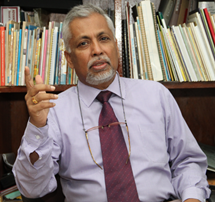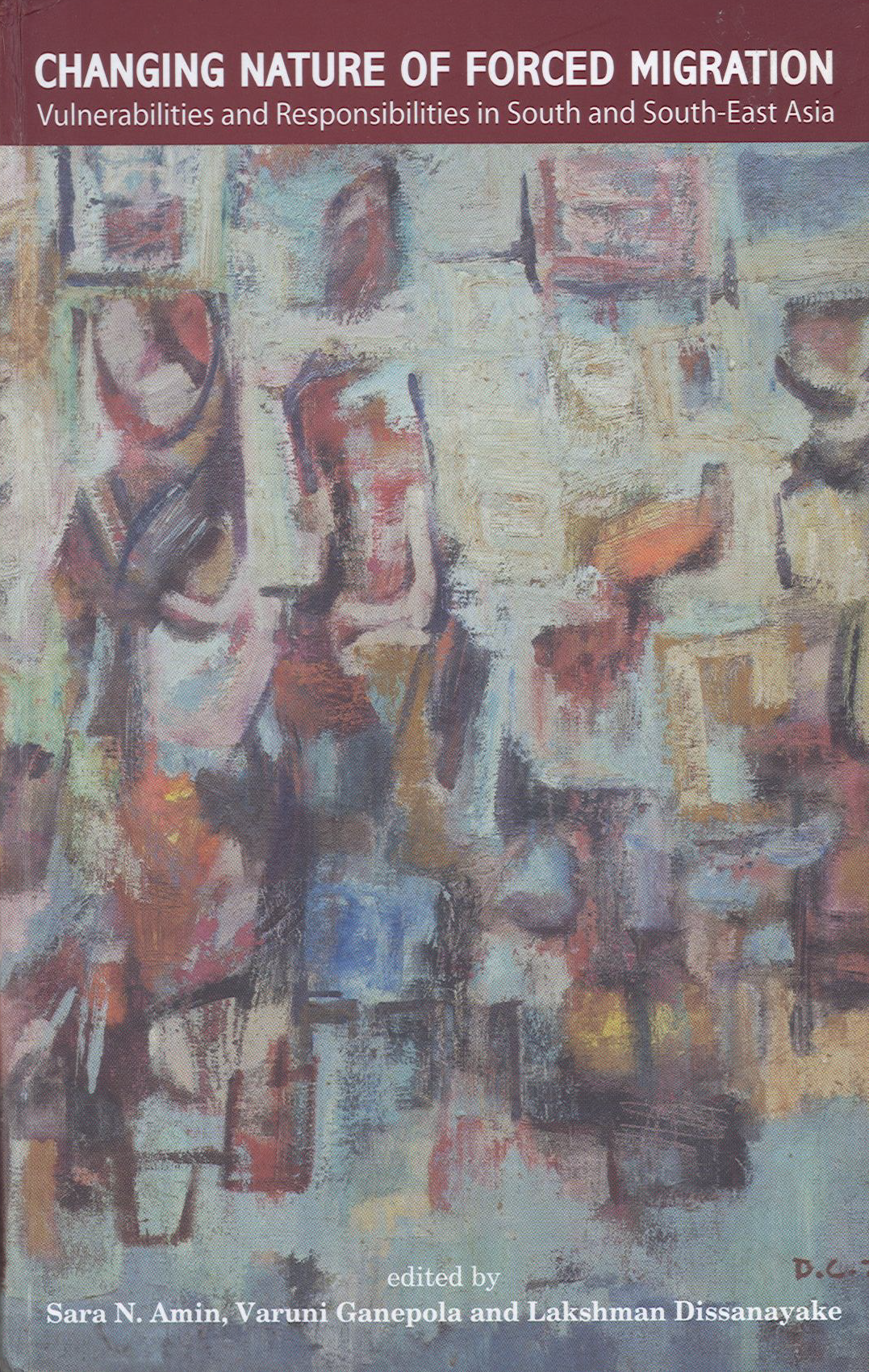Changing Nature of Forced Migration (Vulnerabilities and Responsibilities in South and South – East Asia)
Natural Disasters and Forced Migration: The Case of Tsunami Disaster in Sri Lanka
Abstract
Migration has always been a traditional response or survival strategy of people confronting the prospect, impact or aftermath of disasters but it is quite interesting to understand how natural disasters such as the Asian tsunami affect the social, economic and cultural patterns of the mobility of displaced population. Therefore, this study attempts to use examples from Sri Lanka to examine whether the massive displacement which took place due to the tsunami has made any significant impact on the physical and social mobility patterns of the affected people. In order to assess such patterns, a micro-level study was carried out among displaced populations of Hikkaduwa divisional Secretariat Division in Galle district. Our investigation suggests that the displaced people who have been forced to migrate to designated resettlement schemes are not satisfied with the new destination due to the lack of public utilities, limited sources of earnings and high cost of living. This suggests (unlike in normal situation where migrants are attracted to a particular destination) that “push” factors at the place of origin operate in the opposite direction. We also witnessed a substantial minority of affected people who have not moved into resettlement schemes. In addition, those who have migrated have lost income at the place of destination as the majority have had to change their original occupations. Another major problem that migrants have encountered at the place of destination has been the non-receptiveness of the host community since the host community is socially dissimilar and poorer than the migrants. This has led to several social conflicts including violence against women. Therefore, it is quite clear that this type of forced-migration has a significant negative impact on the socio-economic mobility pattern of the migrant community, if appropriate strategies for social integration at the place of destination are not adopted.

